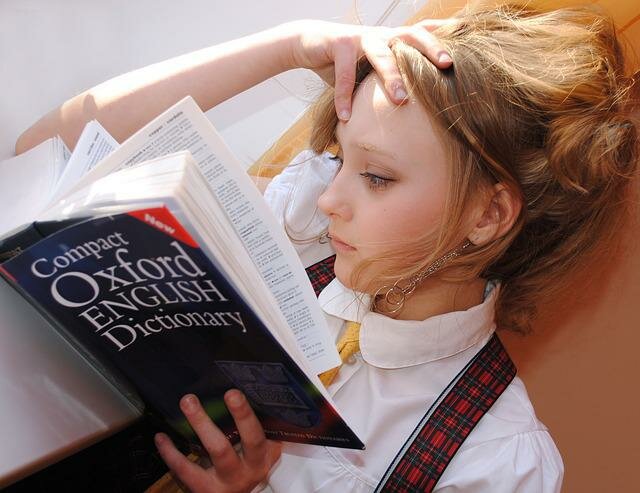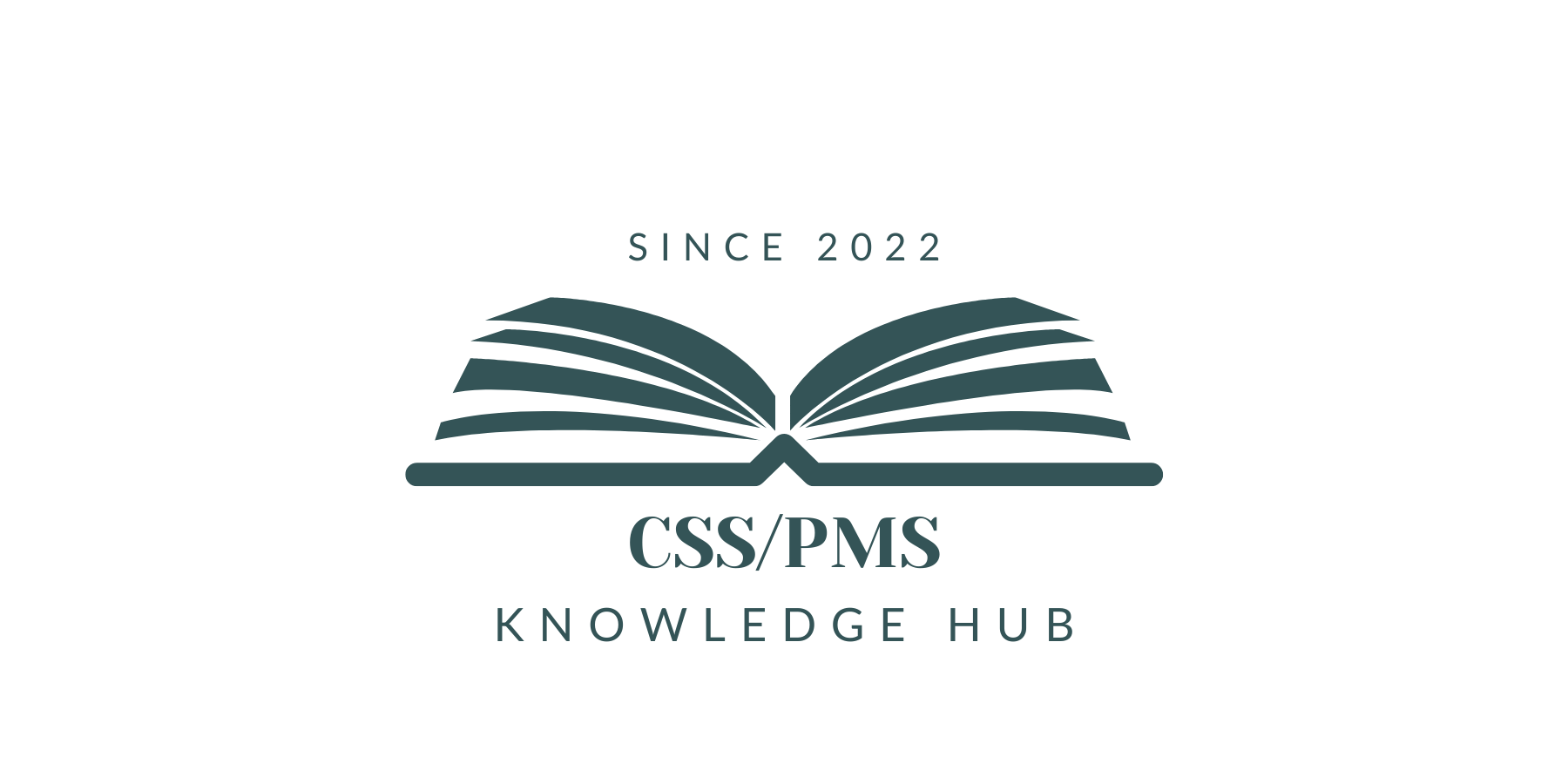Education System of Pakistan Essay
Welcome to my blog “Education System of Pakistan Essay“! I know you have a keen interest in learning about the education system of Pakistan, that’s why you are here. And, I’m here to introduce you to Pakistan’s education system including its qualities and drawbacks owing to your searches.
The education system influences a state’s success and development greatly. The illiteracy rate and education level in any given nation determine that nation’s progress. As a result, it is a top national priority. Among the oldest educational systems is that of Pakistan. They take pride in having one of Asia’s most comprehensive and successful courses because of its update. However, the student system has several issues that should be addressed. Unfortunately, where I live, Pakistan is a developing nation in terms of literacy.
Even many developing nations have better rates of literacy than Pakistan. Our educational system is to blame for everything because of its lacking. Pakistan has an approximate average literacy rate of 58%.
To know more about age-wise literacy rate Click here.

Are there any Governing Rules and are they being Implemented Currently?
Although the rules governing education are excellent, the way the government implements them runs into trouble frequently. In the current environment, higher education needs to receive greater focus than basic education. Primary schools in small areas are not improving. These are modest schools with few amenities. We are all aware that the foundation for higher education is basic education.
Primary education serves as the cornerstone and a pillar in every area of life. Depending on how important it is, the government must encourage this.
Disciplines and their Merits
There are several private and public universities and colleges if we look at the educational system. These fall under a variety of disciplines. Disciplines range from colleges of engineering and technology, business, information technology, medical science, and agriculture. There are many other sectors also to include.
Private institutions of higher learning are exceedingly pricey, because of their high budget. It is too expensive for even middle-class individuals. Their semesterly fees typically begin at around 50,000 rupees. So, there are people who cannot afford private universities and go to government institutes.
Hundreds of students apply to government universities every year, but only a few hundred seats are open. Every year, their merit hits the sky.
Fundamental Types of Education System in Pakistan
At the most fundamental level, Pakistan has four types of education.
1. Cambridge School System
The Cambridge school system is the first category. This method teaches foreign curriculum. The cost of these schools prevents middle-class families from attending. This is intended for high-class and exceptional individuals. Middle-class and affluent individuals are becoming segregated by Cambridge schools.
2. English-medium Schools

English-medium education is the second type of education. All of these schools are private. English is used in these institutions to teach the Pakistani curriculum. Additionally, they are pricey and some cannot afford them.
3. Madrassa School System
The Madrassa school system is the third category. Madrassas are unique in that they are free. However, we require education, which is not fairly being supplied there, to grasp Islam and the Quran.
4. Government School System
The government school system, which is the final and fourth category, teaches the Pakistani curriculum in Urdu. This is the foundation of our educational system. This system is causing divisions among the educated portion of our country, which is a major roadblock to Pakistan’s and the education system’s advancement.
Factors affecting Quality Education in Pakistan
Numerous factors exacerbate the education system of Pakistan. These are inadequate access to high-quality education, corruption, target killing, poverty, and lack of interest in education. Other major factors are insufficient government funding, and a lack of educational institutions, which impact Pakistan’s educational system.
The state is in charge of addressing issues and ensuring that everyone has access to education. Pakistan’s literacy rate is lower than that of Bangladesh, Nepal, and Sri Lanka, all of which are impoverished, developing nations. Our educational system is much to blame for this.
A nation requires effective education policies and practices to ensure that its population can read and write if it wants to boost its literacy rate.
Free Education Policy
A “Free Education for All” policy provides positive outcomes, so its implementation is very crucial. Our leaders in Pakistan tried their hardest to raise the literacy rate through a variety of means in the past, but they were not significantly successful.
The Lack of Women’s education – Another Perspective
Another issue in Pakistan is the dearth of co-education and women’s education. Many people are against co-education. Some parents choose not to send their girls to college or school. They don’t think women’s education is important, because according to their perspective women don’t need to go outside the house to conquer the world.
Rather, they should stay at home and take care of their children and husbands only. Such people are so backward and still, they are present in this twenty-first century. But, because women make up about half of the population of Pakistan, so, women’s education is essential. Women must pursue education if we want to enhance the literacy rate.
Moreover, only educated women can transform societies through their leadership capability, and their ability to strengthen the economy.
Also Read: | Only Educated Women Can Change Societies
Are there any measures to be implemented in the future?
To solve the issues with education, the government and NGOs are working on several measures. The government aims to make education accessible to everyone. Free books, clothing, and transportation are available to the students, but checks and balances are essential.
People need to be encouraged to read, and we need to acknowledge the value of literacy so that we can get rid of illiteracy. Books may teach the next generation good citizenship, integrity, work ethics, and kindness by setting an example. The government and responsible leaders must abide by a few key directives to remove obstacles.
Way Forward
- The curriculum should be the same for all Pakistanis because the same curriculum is necessary for equal rights to opportunities.
- The course outline should be appropriate for foreign colleges or universities because it’s the course outline that anticipates the knowledge of students.
- The government should pick instructors who are extremely knowledgeable and skilled in the field of education, but they should take not much high salary.
- The government should increase spending on education but on the right side.
- The parts of Pakistan that are developing need more consideration.
- Institutions ought to have more openings for students so that more students can enjoy those facilities.
- After earning a degree, there must be suitable employment opportunities.
- Public-private partnerships are required so that every child can enjoy some amenities of the private system also.
- A system of checks and balances is necessary.
- To prevent corruption in education, strict regulations are required.








Great effort sir g